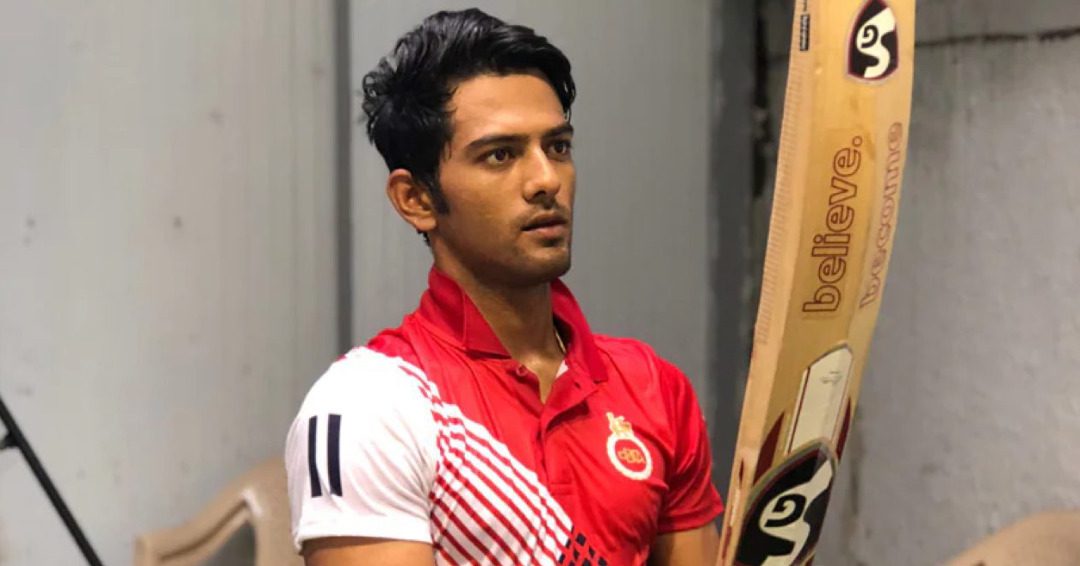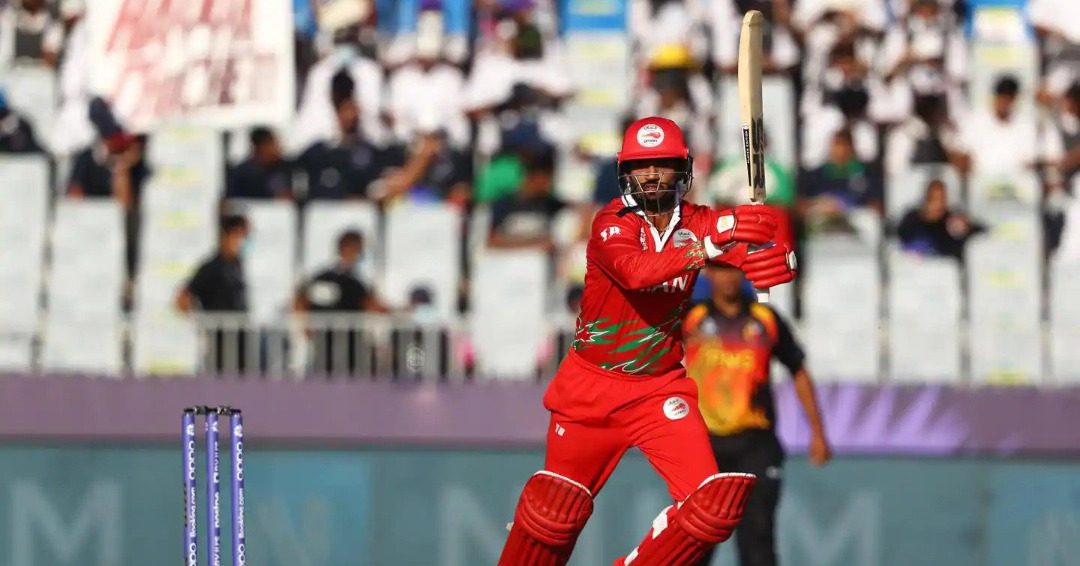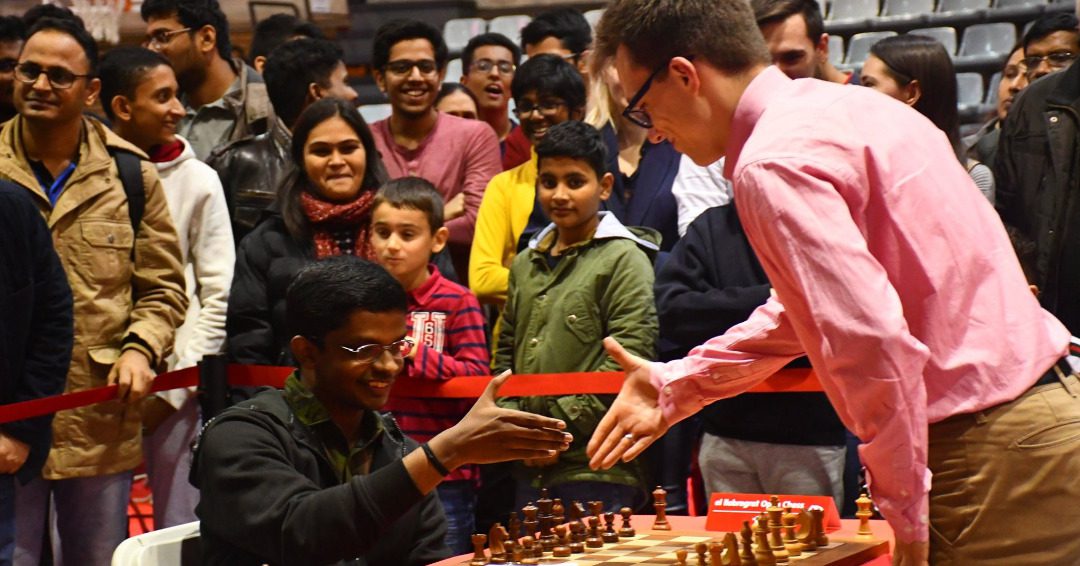(November 11, 2021) Rise like a phoenix is what cricketer Unmukt Chand’s Twitter bio reads. And the 28-year-old has exactly done that by resurrecting himself after becoming the first Indian cricketer to sign for Australia’s Big Bash League.
It was 2012 when Unmukt Chand burst onto the international stage as a teenager in the 2012 ICC U-19 World Cup in Australia. Clad in a blue jersey, the then 18-year-old knocked off his opponents with a smashing inning and ended up lifting the trophy. And now nine years later, he has scripted history when he signed a contract with Melbourne Renegades.
Big news… @UnmuktChand9 🔒
The former India A and India U19 captain is officially a Renegade!#GETONRED
— Melbourne Renegades (@RenegadesBBL) November 4, 2021
The cricketer, who announced his retirement from Indian cricket in August this year, will now be playing for an international league for the very first time. While Chand has scripted history with this move, his journey has been quite a roller-coaster ride. From being touted as the next big thing in Indian cricket to being ousted from Ranji Trophy games, this Global Indian has seen it all.
The rise of a cricketing star
Born in 1993 in a Kumauni Rajput family to teacher parents, Chand loved cricket as a child. Like every other 90s kid, he, too, played gully cricket with his friends. But his parents weren’t aware of his love for the game. It was only when one of their neighbours informed his dad that he had broken someone’s glass while playing cricket, his father started taking Chand’s passion seriously. Soon Chand enrolled himself in Delhi’s Modern School Barakhamba owing to its good cricketing infrastructure. The school turned out to be the perfect training ground for this then-teenager who soon started playing inter-school matches within the Delhi region.
This exposure led him to be selected for the Under-15 team. Talking about Chand’s initial journey, his father Bharat Chand Thakur told Rediff.com, “He was lucky to be part of a training camp organised by Bishen Bedi with whom he first travelled to Dharmshala for a month-and-a-half, and later to Australia for a three-week training program. I think wearing full gear, and batting in a stadium with thousands of spectators in a foreign land must have boosted his confidence.”
Brush with fame
Chand was gaining popularity based on his talent and soon found himself in the U-19 team. It was 2012 that proved to be a turning point in the life of the cricketer as he led the U-19 Indian cricket team to a massive victory in the quadrangular series in Australia. Under his captaincy, the team won by seven wickets. A few months later in the ACC Under-19 Asia Cup, Chand once again rose to the occasion against Sri Lanka in the semi-finals and later against Pakistan in the finals. He won the Man of the Match in both the games and was soon hailed as the next big thing in cricket. The belief was further cemented when India defeated Australia to lift the Under-19 Cricket World Cup under his captaincy.

Unmukt Chand with U-19 World Cup trophy.
Chand impressed everyone with his performance on the field, and at the age of 18, he made his debut at the IPL when he was signed by Delhi Dare Devils, making him the youngest player to have played in the IPL. In 2014, he moved to Rajasthan Royals during the IPL auction. In 2015 he was picked by Mumbai Indians where he won his first IPL title even though he didn’t get to feature in the games often. His poor performances at the IPL seasons left him high and dry.
The fall of a star
The next few years turned out to be quite challenging for him as Chand saw himself being left out of A-Team matches as well. “A large part of that fall happened in the space of one week. I was dropped for the first time from the Ranji Trophy side in 2017. Then, a few days later, there was no bid for me in the IPL auction. It felt like my life had been ripped apart,” he told Hindustan Times in an interview.
View this post on Instagram
It was when Chand hit his rock-bottom. However, he did pull himself together as the weight of fear of failure was finally lifted from his shoulders. “When the IPL snub followed, I woke up the next day with a strange realisation. You know, all sportspersons—even the great ones—live a life of fear. Fear of failure; fear of good form going away; fear of everything you have built comes crashing down. So, when I did hit rock bottom in 2017, it was a weight off my shoulders. I told myself, ‘Bhai, isse zyaada kya hoga?'(What else could go wrong?),” he added.
His rise from the ashes
But things didn’t change much for this once rising star even after he switched base to Uttrakhand in 2019 and later returned to Delhi. In August 2021, he announced his retirement from Indian cricket stating that he would explore ‘better opportunities from around the world’. He then moved to the US fin search of greener pastures and after playing a few months for the Silicon Valley Strikers, Chand has now signed the Big Bash League contract with Melbourne Renegades making him the first Indian male cricketer to achieve this feat.
View this post on Instagram
Chand is the perfect example that anything is possible if one is determined. Despite being ousted from matches for many years, Chand managed to rise from the ashes like a phoenix and create history by becoming the first cricketer from India to find a place in Australia’s Big Bash League.
Follow Unmukt Chand on Twitter and Instagram



